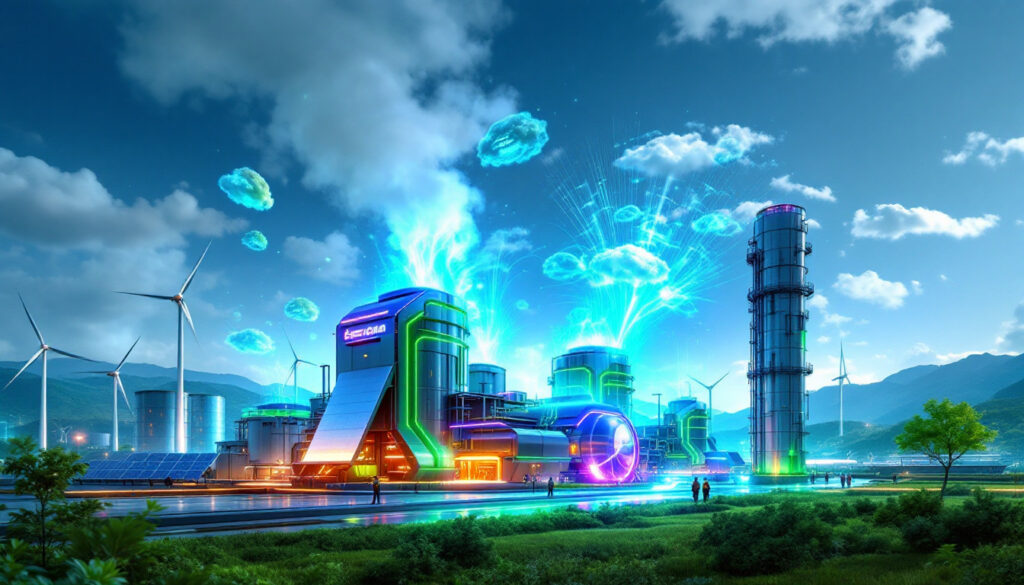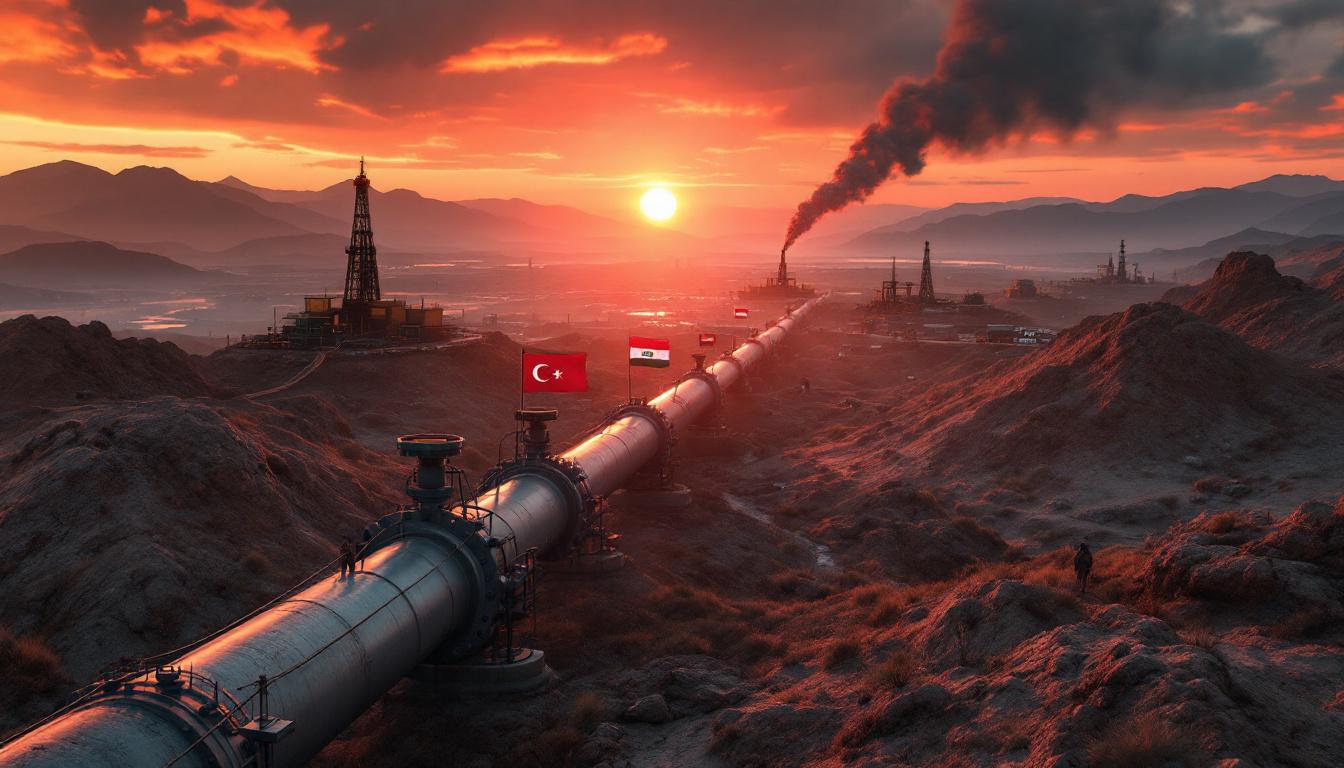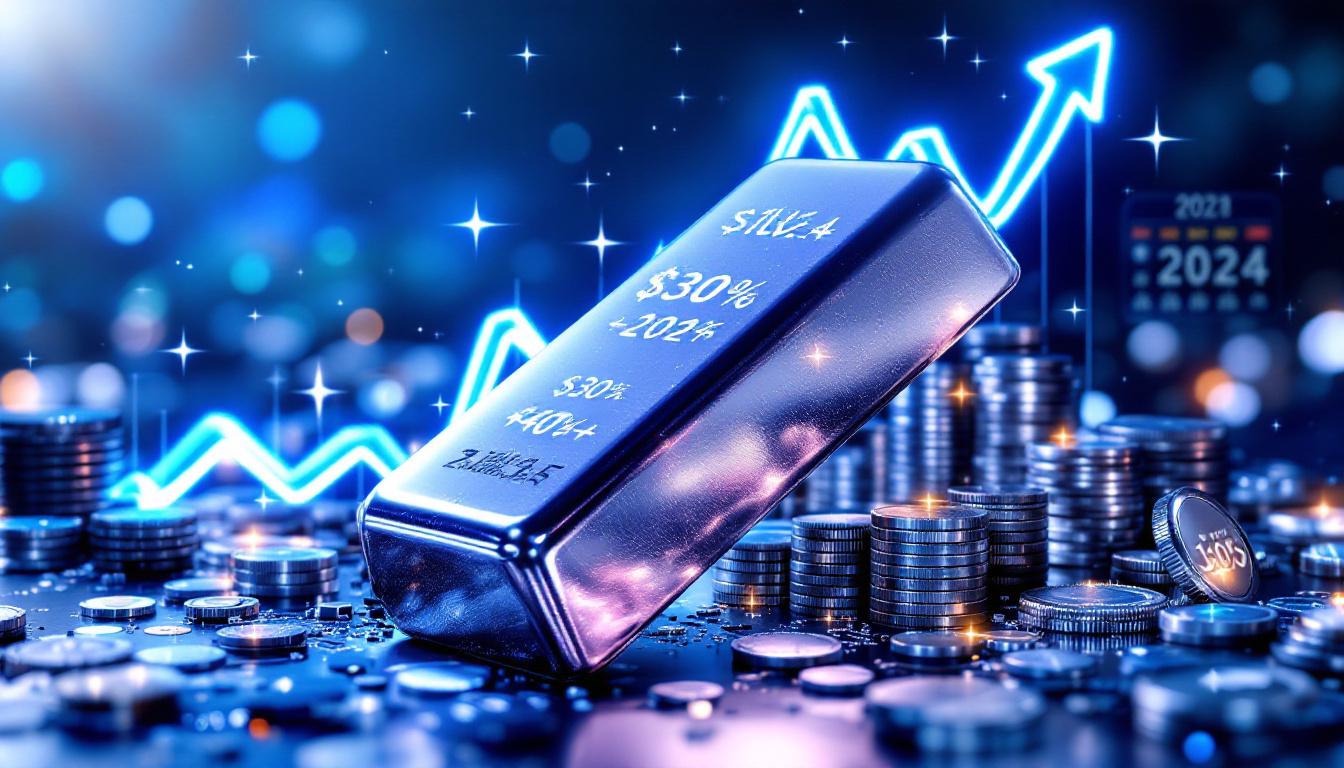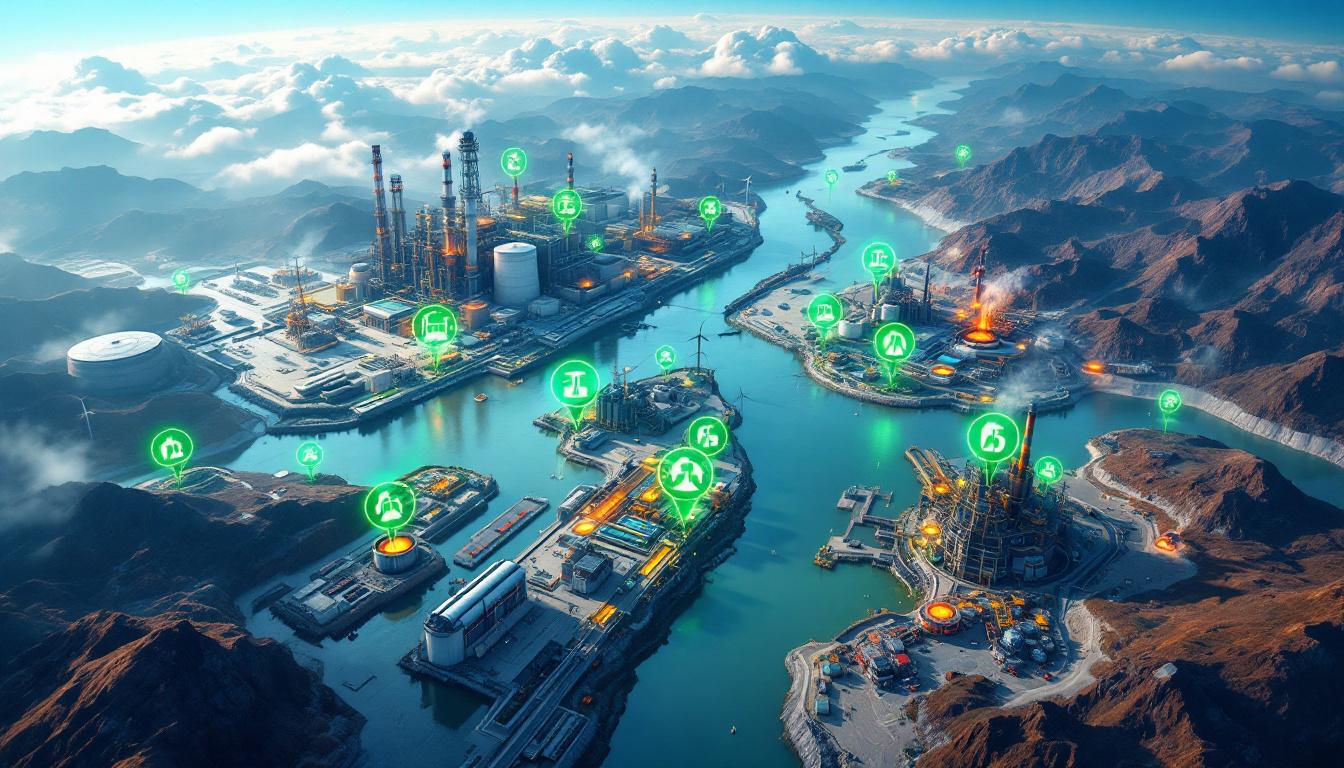Understanding Green Steel Pricing: Market Dynamics and Industry Trends
Steel production has historically been one of the most carbon-intensive industrial processes, contributing approximately 7% of global CO₂ emissions. As climate concerns intensify, the steel industry faces mounting pressure to reduce its environmental footprint while maintaining economic viability. This transformation has given rise to "green steel" – a category that's rapidly evolving from niche to necessity.
What is Green Steel?
Green steel refers to steel produced with significantly lower carbon emissions than traditional methods. Currently, industry standards typically classify steel as "green" when it achieves a 20-30% reduction in carbon emissions compared to conventional production processes. However, the terminology remains somewhat fluid, with distinctions between "green steel" (often implying near-zero emissions) and "reduced-carbon-emissions steel" (achieving partial reductions).
The production method significantly determines a steel product's carbon footprint. Electric Arc Furnace (EAF) technology, which primarily uses recycled scrap metal and can be powered by renewable energy, produces up to 70% fewer emissions than the traditional Blast Furnace/Basic Oxygen Furnace (BOF) route that relies on coal and iron ore. As Fastmarkets analyst Yolande Peters notes, "These production differences create the foundation for emerging price differentials in the market."
The Environmental Impact of Traditional Steelmaking
The steel industry's 7% contribution to global carbon emissions has made it a primary target for decarbonization efforts. European Union regulations are particularly stringent, mandating significant emission reductions for steelmakers operating within EU borders. These regulations are driving unprecedented transformation across the industry.
Beyond regulatory compliance, environmental concerns have created organic demand for sustainable steel alternatives. Major end-users, particularly in automotive and construction, increasingly require low-carbon materials to meet their own sustainability targets. According to a recent Fastmarkets survey, 65% of European steel buyers now consider carbon footprint in their purchasing decisions, up from just 28% in 2020.
Carbon reduction targets vary significantly across steel-producing regions, with the EU targeting a 55% reduction by 2030, while China aims for carbon neutrality by 2060. These regional variations create complex market dynamics and trade implications, particularly as mining decarbonisation efforts accelerate globally.
Green Steel Pricing Mechanisms
How Are Green Steel Prices Determined?
Green steel pricing operates on a premium model, where low-carbon products command higher prices than their conventional counterparts. These premiums reflect the additional costs associated with decarbonization technologies, including renewable energy integration, hydrogen production facilities, and carbon capture systems.
Fastmarkets has developed a transparent methodology for assessing these premiums, incorporating verified transaction data, bids, offers, and assessments from qualified market participants. As Andrew Wells of Fastmarkets explains, "Transparent pricing mechanisms are essential for supporting investment decisions and accelerating emission reductions across the sector."
The calculation of premiums considers multiple factors, including production method, emission reduction percentage, energy sources, and regional policy environments. Current premiums typically range from €50-100 per tonne in Europe to $40-80 per tonne in Asian markets, reflecting the varying regulatory pressures and market readiness across regions.
Current Green Steel Price Indices
In response to growing market demand for transparency, Fastmarkets launched its European domestic green flat steel price indices in June 2023, followed by reduced-carbon-emissions steel price indices in January 2024. Most recently, new green steel prices for long steel products in Northern Europe were introduced, bringing the total to 12 green and reduced carbon steel price benchmarks.
These indices provide essential reference points for contract negotiations, investment decisions, and strategic planning. According to industry data, approximately 70% of European green steel contracts now reference Fastmarkets indices, demonstrating their growing significance in price discovery.
Price Premiums for Green Steel
Current premiums for steel achieving 20-30% carbon emission reductions typically range from 5-15% above conventional steel prices. These premiums reflect both the higher production costs and the market's willingness to pay for environmental benefits.
The return on investment calculations for green steel technologies vary significantly based on technology pathway. EAF retrofits may achieve positive ROI within 5-10 years, while hydrogen-based direct reduction technologies may require 15+ years to reach profitability without policy support. As production scales increase, these economics are expected to improve substantially.
Pricing trends differ across product categories, with flat steel products (used in automotive and appliances) commanding higher premiums than long products (used in construction). This reflects both the technical challenges of decarbonizing flat steel production and the greater sustainability demands from sectors like automotive manufacturing.
Regional Green Steel Market Analysis
European Green Steel Market
The European Union leads global green steel adoption, driven by the EU Emissions Trading System (ETS) and the upcoming Carbon Border Adjustment Mechanism (CBAM). These regulations effectively price carbon emissions, creating financial incentives for steel producers to decarbonize.
European steelmakers are investing heavily in transformation, with projects like Thyssenkrupp's €2 billion direct reduction plant and ArcelorMittal's hydrogen-based production initiatives. The EU supports these efforts through the €10 billion Innovation Fund and other financing mechanisms.
Supply remains constrained relative to growing demand, particularly from automotive and construction sectors with ambitious sustainability targets. Cross-border trade is increasingly shaped by carbon considerations, with high-emission imports facing growing disadvantages due to the CBAM mechanism, which adds €30-50 per tonne to non-EU imports.
North American Green Steel Development
U.S. policy on green steel has fluctuated significantly, with the recent introduction of reciprocal tariffs (minimum 10%) reshaping trade patterns. As one industry executive noted, "These tariffs create both challenges and opportunities for low-carbon producers, potentially accelerating domestic green investments."
The impact on international green steel imports remains complex, with premium products sometimes exempt from broader tariff structures. Reciprocal tariff measures between major economies have created arbitrage opportunities for traders, particularly for specialized green steel grades.
Despite policy uncertainties, the U.S. steel industry has launched significant sustainability initiatives. Leading producers like Nucor and Steel Dynamics are expanding their EAF capacities and integrating renewable energy, though these efforts remain largely separate from broader regulatory frameworks.
Asian Green Steel Market
China produces approximately 60% of global steel but less than 5% currently qualifies as green or reduced-carbon. However, China's 2060 carbon neutrality pledge is driving new investments in cleaner production technologies, particularly in coastal industrial hubs.
Competition between Asian and European green steel producers is intensifying, with European producers emphasizing premium quality and verified emissions reductions, while Asian manufacturers compete on price and scale advantages. Industry analysts predict Asian green steel export capacity could double by 2026, creating new market dynamics.
Regional price differentials remain significant, with Asian green steel typically commanding smaller premiums than European equivalents. This creates export opportunities for Asian manufacturers, particularly in markets with less stringent carbon verification requirements.
Investment and Industry Transformation
Green Steel Investment Trends
The global steel industry requires approximately $1.5 trillion in investments by 2050 to align with climate goals. Capital expenditure requirements vary dramatically by technology pathway, with hydrogen-based direct reduction requiring 3-4 times the investment of conventional EAF upgrades.
ROI timelines present significant challenges, particularly for first movers. Early hydrogen-based projects may require 15+ years to achieve profitability without supportive policies, while EAF retrofits can reach positive returns within 5-10 years in regions with favorable electricity prices.
Innovative financing mechanisms are emerging to support this transition, including green bonds, net-zero and carbon credits, and public-private partnerships. The EU's green bond program alone has mobilized over €12 billion for steel sector transformation projects.
Success stories like Sweden's HYBRIT project demonstrate the potential of collaborative approaches. This partnership between SSAB, LKAB, and Vattenfall produced the world's first fossil-free steel in 2021, supplying initial volumes to Volvo for vehicle production.
Technology Driving Green Steel Production
Hydrogen-based direct reduction represents the most promising pathway to near-zero emissions steel, using hydrogen instead of coal to reduce iron ore. As one engineer explains, "This process can eliminate 95% of emissions when powered by renewable electricity, but requires approximately 4MWh per tonne of steel produced."
Electric Arc Furnace innovations continue to improve energy efficiency and material utilization. Modern EAFs achieve 60% lower energy consumption than traditional blast furnaces while enabling greater use of recycled materials.
Carbon capture technologies are being integrated with conventional production routes as a transitional strategy. Facilities like ArcelorMittal's Ghent plant can capture and utilize CO₂ emissions, reducing overall footprint by 30%.
Renewable energy adoption represents a critical factor in green steel economics. Mills with access to low-cost renewable electricity can significantly improve the carbon profile and economic viability of their operations, particularly for EAF-based production.
Future of Green Steel Pricing
How Will Green Steel Pricing Evolve?
Long-term price forecasts suggest green steel premiums will initially rise as regulations tighten, before gradually declining as production capacity expands and technologies mature. Fastmarkets projects that green steel may capture 30% market share by 2030, with premiums potentially dropping to 10-15% as economies of scale improve.
Increasing production capacity will eventually reduce premium levels, though regional variations will persist based on policy environments and energy costs. European capacity expansion plans currently outpace other regions, potentially leading to premium convergence in the medium term.
Standardization efforts, including initiatives from the World Steel Association and ISO, will improve market transparency and verification methodologies. These standards will create clearer distinctions between various grades of low-carbon steel, potentially leading to more sophisticated green steel pricing tiers.
Regional pricing models may converge over time as global standards develop, though full harmonization remains unlikely given the structural differences in energy markets and regulatory environments.
Market Growth Projections
Green steel is projected to grow from less than 1% of global production today to approximately 30% by 2030, representing one of the fastest industrial transformations in history. Production capacity expansion is concentrated in Europe and parts of Asia, with European producers targeting at least 10 million tonnes of near-zero emissions steel annually by 2030.
Demand growth varies significantly by industry, with automotive manufacturers leading adoption. Many major automakers have committed to using 100% green steel by 2030 or 2035, creating guaranteed demand for producers. Construction follows close behind, driven by green building standards and public procurement policies.
Regional adoption rates reflect both regulatory pressure and market readiness. Europe leads with projected 15% CAGR through 2030, followed by North America and advanced Asian economies, while developing markets show more gradual adoption timelines.
Green Steel Applications and Demand
Industries Driving Green Steel Demand
The automotive sector has emerged as the primary driver of green steel demand, with manufacturers like Volvo, Mercedes-Benz, and BMW establishing partnerships with low-carbon producers. These companies typically pay premiums of 10-15% for verified low-carbon steel to meet their sustainability commitments.
Construction industry specifications increasingly incorporate carbon footprint requirements, with standards like LEED and BREEAM awarding points for low-carbon materials. Public infrastructure projects, particularly in Europe, now frequently mandate green steel usage through procurement policies.
Consumer goods manufacturers have begun highlighting the carbon footprint of their products as a market differentiator. Companies like IKEA and Apple have established targets for embodied carbon reduction, creating demand for green steel in consumer-facing applications.
Supply Chain Considerations
Raw material requirements for green steel production differ significantly from conventional routes. Hydrogen-based processes require high-grade iron ore (65%+ Fe) to operate efficiently, creating premium markets for these materials.
The correlation between high-grade iron ore pricing and green steel economics remains strong, with each percentage point improvement in iron content significantly improving process efficiency. This dynamic is reshaping mining investment patterns, with producers increasingly focused on high-grade deposits.
Metallics and ferrous scrap availability represents a potential constraint on EAF-based green steel production. Fastmarkets data indicates scrap shortages could raise costs by 25% by 2030 if recycling rates don't improve significantly.
Logistics and transportation factors add complexity to final pricing, particularly for hydrogen-based production that requires extensive infrastructure development. Regional hydrogen availability and pipeline networks will significantly influence long-term competitiveness.
FAQ: Green Steel Pricing
What is the price premium for green steel compared to conventional steel?
Current premium ranges vary by product category and emission reduction level. Steel with 20-30% emission reductions typically commands premiums of €50-100 per tonne in Europe and $40-80 per tonne in Asian markets. Materials with near-zero emissions (90%+ reduction) can command significantly higher premiums, often exceeding 20% of the base price.
Premium variations reflect production method, verification robustness, and end-market requirements. Automotive and premium construction applications typically support higher premiums than commodity applications.
Regional differences remain significant, with European markets supporting the highest premiums due to regulatory pressure and consumer demand. North American premiums are typically 20-30% lower than European equivalents, while Asian premiums may be 40-50% lower.
Future trends suggest premiums may initially increase as regulations tighten before gradually declining as production scales up and technology costs decrease. By 2035, Fastmarkets projects a potential convergence of regional premium structures as global standards mature.
How do carbon taxes impact green steel pricing?
Carbon pricing mechanisms directly impact the competitiveness of green steel by imposing costs on high-emission production routes. The EU ETS currently prices carbon at approximately €90 per tonne, adding about €160 to the cost of producing conventional steel.
Regional variations in carbon tax structures create complex trade dynamics. The EU's Carbon Border Adjustment Mechanism, being phased in through 2026, will effectively extend European carbon pricing to imported steel, leveling the playing field for domestic producers.
Pass-through costs to end consumers vary by market segment and competitive dynamics. In automotive and premium construction, carbon costs are more readily absorbed, while in commodity applications, they may face resistance.
Early adopters of green steel technologies gain competitive advantages as carbon pricing increases, potentially capturing market share and setting industry standards. This first-mover advantage has driven significant investment despite uncertain short-term economics.
What certification standards exist for green steel?
Current certification frameworks include ResponsibleSteel, which assesses environmental and social aspects of steel production, and GreenSteel, which focuses specifically on carbon footprint verification. These standards establish methodologies for measuring, reporting, and verifying emissions across the value chain.
Verification methodologies vary in rigor and scope, with leading standards incorporating third-party auditing and chain-of-custody tracking. Blockchain-based solutions like those piloted by Tata Steel and Circulor provide immutable records of carbon performance throughout the supply chain.
Certification significantly impacts pricing, with verified products commanding premiums 30-50% higher than unverified "green" claims. This verification premium reflects the assurance value provided to customers who require documented emissions reductions.
Standardization efforts continue across regions, with initiatives from the International Organization for Standardization (ISO) and industry bodies like the World Steel Association working to harmonize approaches. The ISO 14404 standard for calculating CO₂ emissions from steel production has become particularly influential.
Conclusion: The Economic Case for Green Steel
Balancing Sustainability and Profitability
Long-term ROI considerations for producers have shifted dramatically as carbon pricing and customer demands evolve. Projects that appeared economically challenging five years ago now present compelling business cases, particularly when incorporating policy support and premium pricing.
Cost-benefit analysis for end users increasingly favors green steel adoption, particularly for companies with public sustainability commitments or exposure to carbon-intensive supply chains. The reputational value and regulatory compliance benefits often outweigh the premium costs.
Market positioning advantages accrue to early adopters, who establish supply relationships and verification systems ahead of broader market adoption. As Andrew Wells of Fastmarkets notes, "Early movers in green steel are securing competitive advantages that will compound over time as regulations tighten."
Pricing transparency serves as a market development catalyst by providing confidence for both producers and consumers to enter long-term agreements. The expansion of benchmark indices has significantly accelerated market maturity, particularly in European markets.
The Role of Price Reporting in Market Development
Transparent benchmark pricing provides essential guidance for investment decisions, helping steelmakers evaluate the economic viability of carbon reduction technologies. These benchmarks reduce uncertainty and information asymmetries that might otherwise impede market development.
Price reporting mechanisms directly support emission reduction efforts by quantifying the economic value of carbon abatement. This valuation helps mobilize capital for transformation projects and justifies technology investments.
Fastmarkets' contribution to market maturity includes not only price indices but also methodological standards that improve comparability and verification. These standards help prevent greenwashing and ensure that premiums reflect genuine emission reductions.
Future developments in green steel price reporting will likely include more granular segmentation by production route and emission level, enabling more sophisticated pricing models that better reflect the true costs and benefits of various decarbonization pathways.
The steel industry stands at an inflection point, where environmental imperatives and economic incentives are increasingly aligned. As pricing mechanisms mature and technology costs decline, green steel will transition from premium niche to new industry standard, reshaping one of the world's most fundamental industries in the process. The green transformation in mining and [ESG challenges in mining](https://discoveryalert.com.au/news/transforming-the-mining-industry-esg-challenges
Want to Capitalise on Major ASX Mineral Discoveries Before the Market?
Explore Discovery Alert's proprietary Discovery IQ model that delivers real-time notifications on significant ASX mineral discoveries, instantly empowering subscribers to identify actionable opportunities ahead of the broader market. Visit the Discovery Alert discoveries page today to understand how major mineral discoveries have historically generated substantial returns for investors.




